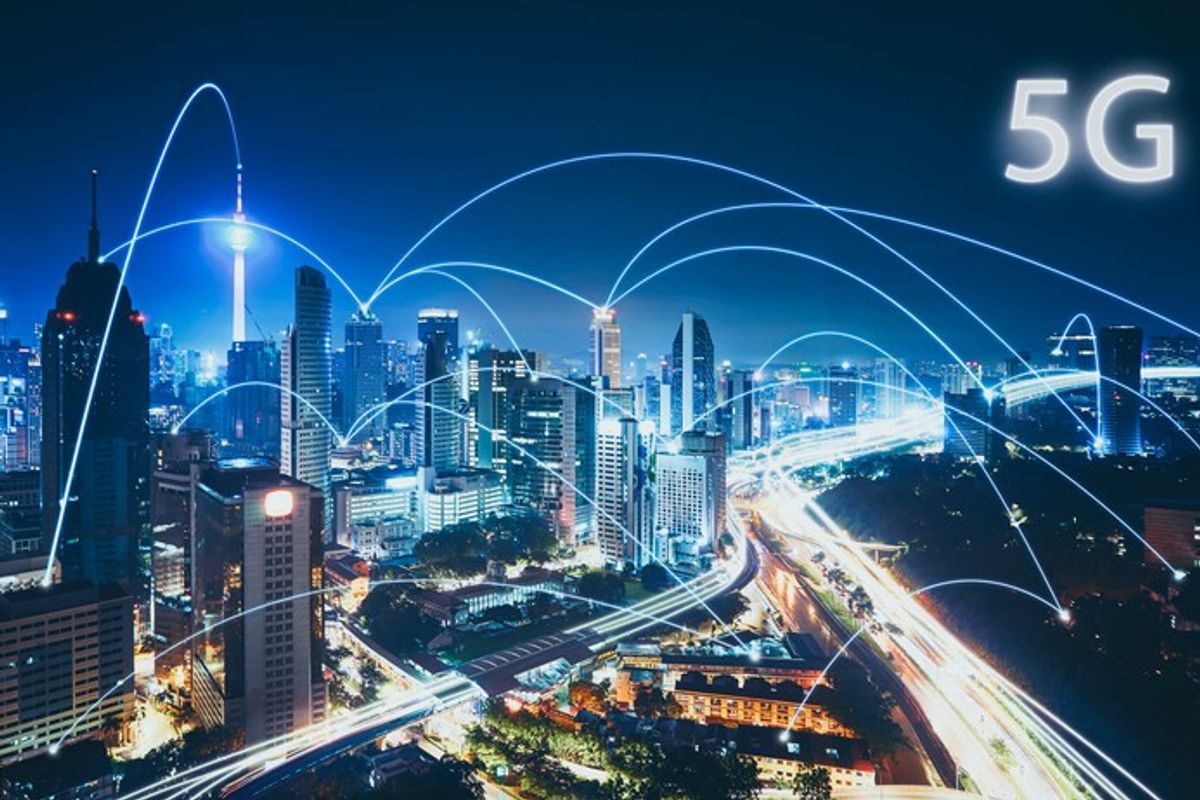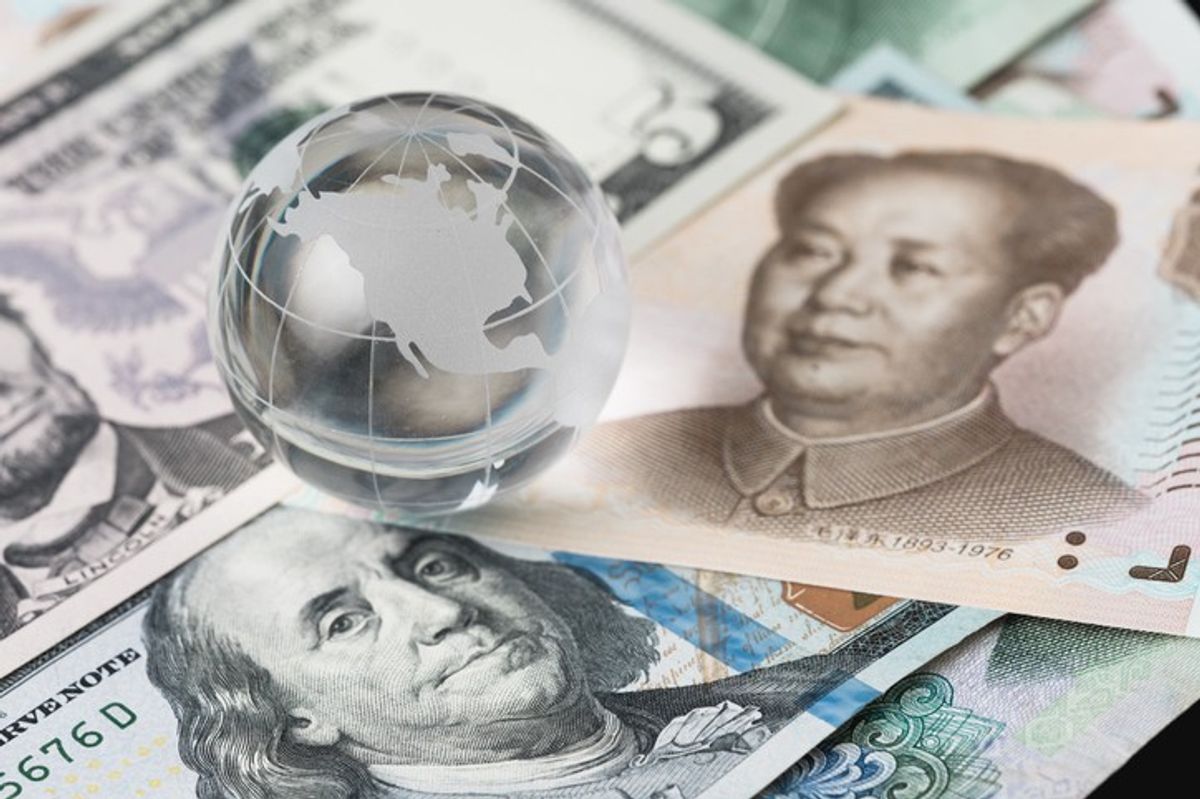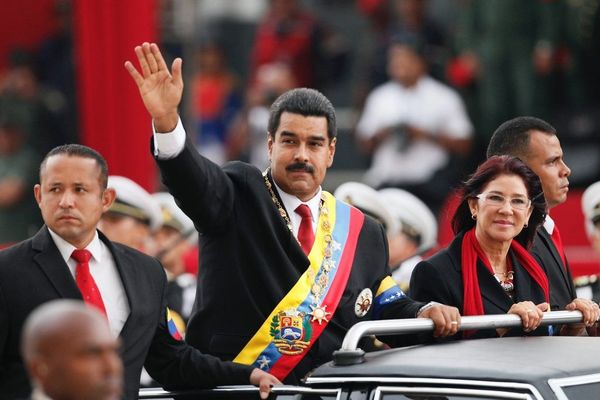The recently agreed framework for a Europe-Japan free trade agreement could not provide a clearer indication as to the changing of the guard in terms of free trade leadership. At a time when the United States is following an America-First trade policy, it is Germany and Japan that are now promoting free trade. By doing so, they appear to be taking over the free trade mantle from globalization’s erstwhile American champion. This shift is likely to benefit both the European and Japanese economies with at least part of that benefit coming at the expense of the U.S. economy.
Throughout the post-war period, the U.S. has been recognized as the undisputed champion of globalization and free markets. However, this has all changed with the November 2016 election of Donald Trump as president on an America First platform. Since Trump’s election, not only has the U.S. withdrawn from the Trans-Pacific Partnership (TPP) and demanded a fundamental renegotiation of the North American Free Trade Agreement (NAFTA), it also refused to sign onto the G-20’s anti-protectionist pledge and is considering new steel import tariffs.
As America turns inward and abrogates its economic leadership role in Asia, Europe and Japan have stepped up to the plate to fill the gap. They have done so by agreeing in principle to a very far reaching Europe-Japan Free Trade Agreement. Dubbed “the cars for cheese deal,” the essence of the EU-Japan agreement involves the virtual elimination of import tariffs between these two economic blocs. It also harmonizes standards and regulations and opens up public procurement between Japan and the European bloc. Once formally ratified and implemented, the agreement would cover 20 percent of the world’s GDP and almost 40 percent of global trade.
The big prize this agreement holds out for Europe is that it substantially opens up the highly protected Japanese food market for meat, wine, and dairy products. The Europeans estimate that this could increase their annual exports to Japan from its present level of EUR 80 billion to EUR 100 billion. For Japan, the main gain from this deal is that it opens up the European automobile import market for its exporters. Europe currently imports around US$ 500 billion in automobiles each year, making it by far the world’s largest automobile importer.
Economic theory indicates that, if fully implemented, the “cars for cheese” deal should meaningfully increase trade between Europe and Japan. That in turn would improve the economies of both parties as they more fully exploit their relative comparative advantages. They would do so in a manner strikingly reminiscent of David Ricardo’s famous text book example of wine and cloth trade between Portugal and England. Europe would step up its agricultural exports to Japan where Europe enjoys a comparative advantage over Japan. The same would apply in reverse with Japanese automobile exports to Europe.
While the Japanese and European economies might be expected to benefit once their new trade arrangement is implemented, at least part of their gains will come at the expense of other countries in general, and the United States in particular, through trade diversion. European agricultural exporters will now enjoy a considerable cost advantage over their U.S. counterparts in the Japanese market. Similarly, Japanese automobile exporters will enjoy greater access than their U.S. counterparts to the highly lucrative and large European automobile market.
It would seem to be no coincidence that the striking of the Europe-Japan trade deal at this particular moment offers clear advantages to both Japan and Europe beyond boosting trade with one another. For Japan, it provides an opportunity to assert regional leadership in Asia by trying to get the TPP talks going again after the U.S. withdrawal from that pact. For Europe, it offers the chance to strengthen its hand in its ongoing Brexit negotiations with the UK. It does so by demonstrating that while the UK might want to loosen its trade ties with Europe, there are other important countries that want to forge closer trade links with the European Single Market.
One has to hope that the prospect of a successful Europe-Japan free trade agreement will give President Trump pause in his quest to turn the globalization clock backwards. However, judging by how important the America First plank was in his election campaign, I would not suggest holding one’s breath for that to happen.












